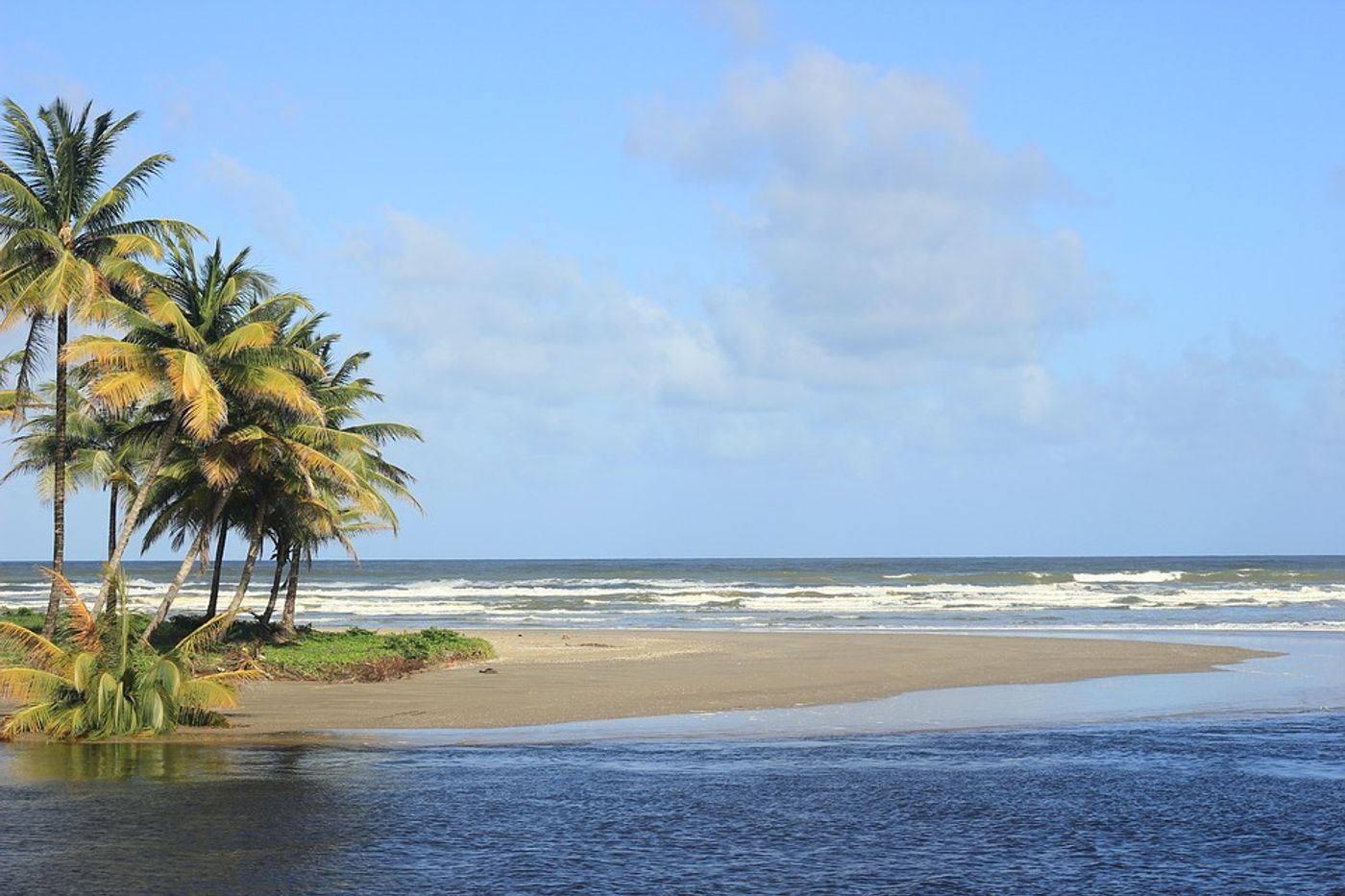Using marine sulfur in plants to track climate
Researchers from the University of Cincinnati and the University of the West Indies are using the marine sulfur found in plants in order to construct a more detailed understanding of the long-term atmospheric factors at play in the Caribbean. In a new study recently published, the team outlines how the distribution of oceanic sulfur in the vegetation on the island of Trinidad can help establish spatial climate patterns for the region.
Analyzing sulfur is a method often used by scientists to understand diet and mobility of plants and animals. While previous studies have looked at how marine sulfur distribution is influenced by coastal proximity, this study also takes wind, precipitation, and ocean spray into account.
"What makes our study unique is that we were able to show quite clearly how the spatial distribution of sulfur isotopes in vegetation is related to not just coastal proximity, but also wind and rain," says Brooke Crowley, UC associate professor of geology and anthropology. "And we have shown that these spatial patterns are detectable in vegetation. We looked at the sulfur content in plants found across the island of Trinidad to see how windward coastal locations compared to inland and leeward wind coastal areas," says Crowley.
As they report in the journal Applied Geochemistry, when they measured the sulfur isotopes of Trinidad’s vegetation, the researchers found the highest concentrations of marine-derived sulfur in plants located along windward coastlines that received the most torrential rain and strongest winds coming off the ocean. This was not a surprise.
What was more unexpected was the especially low levels of sulfur further inland. "But in the middle of the island, there was not as much as we thought we would see," says Janine Sparks, first author of the study. "Levels started dropping off between 1.5 to 10 kilometers inland. Understanding this difference can help track resource use, geographical origin and mobility of animals or people, say the authors, especially because it is certain that human activities like emissions from oil refineries and vehicles are affecting the distributions.
Crowley and the other researchers hope that their findings will shed light on multiple factors in the biosphere. "This information may aid researchers in tracking not only the origin of human resources and the movement of animals but also sulfur emissions from human activities within the Caribbean."
"We hope our studies will be of use for future ecological and archaeological research, not only for Trinidad but for the Greater Caribbean and other coastal or island systems around the world."
Sources: Science Daily, Applied Geochemistry









